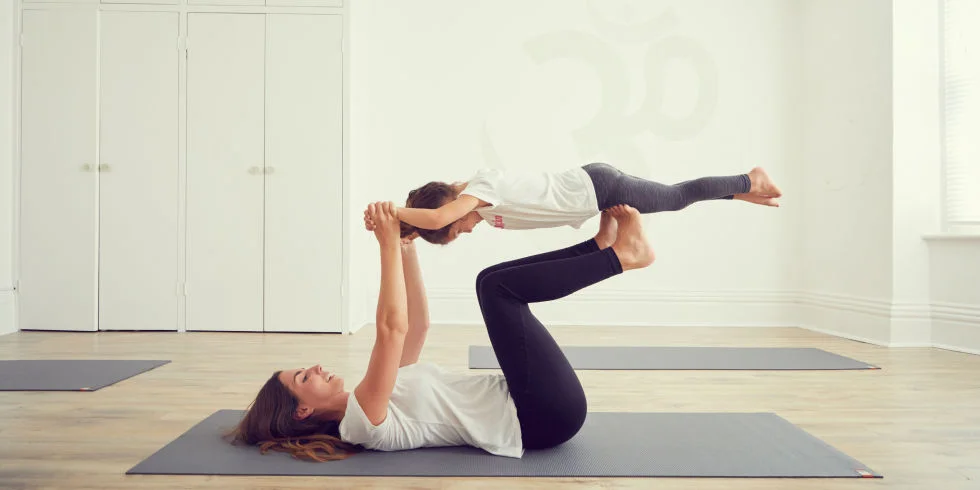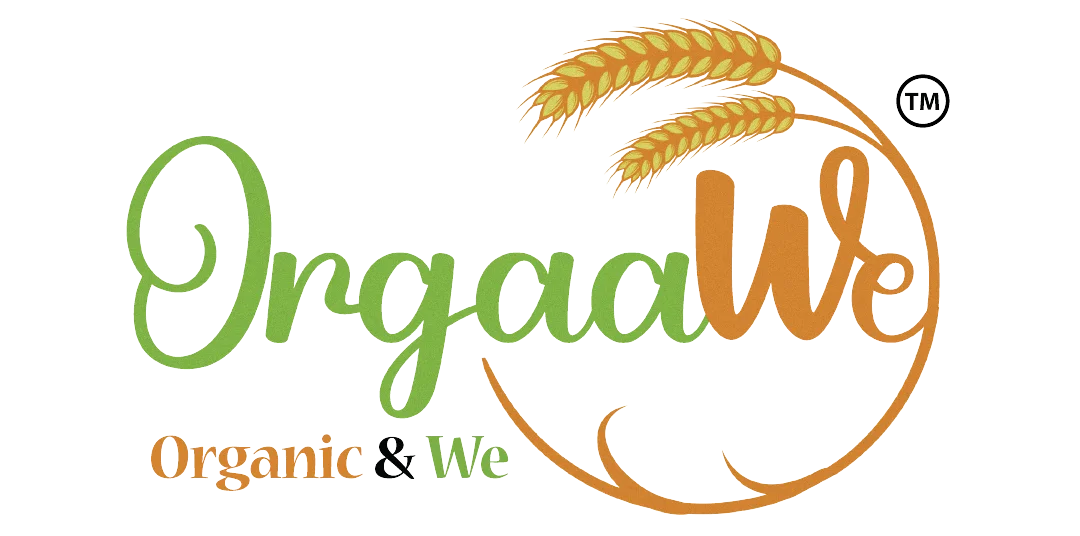
1. Walking
Walking is a great post-pregnancy workout because it is low-impact and easy to include into your regular routine. It helps to gradually reintroduce physical exercise, promotes cardiovascular health, and aids in weight management while strengthening core muscles and improving posture. Walking also has mental health advantages since it provides fresh air and a change of scenery, which can help with postpartum sadness and anxiety.
2. Pelvic floor exercises
Pelvic floor exercises are essential for a post-pregnancy training plan, as they strengthen the muscles that support the bladder, uterus, and rectum. These exercises, including Kegels, help to restore muscle tone and function that may have weakened during pregnancy and childbirth. Strengthening the pelvic floor can help with typical postpartum concerns like urine incontinence and pelvic discomfort. Furthermore, these workouts promote overall core stability and posture, which is useful when new mothers adjust to their postpartum bodies.
3. Abdominal exercise
Abdominal exercises play a vital role in post-pregnancy fitness by targeting and strengthening the core muscles that support the torso. After childbirth, these muscles can be weakened or stretched, leading to issues such as diastasis recti, where the abdominal muscles separate. Incorporating safe and effective abdominal exercises helps to restore muscle strength, improve posture, and support the lower back, reducing discomfort that can arise from carrying a newborn. Exercises such as modified crunches, pelvic tilts, and leg lifts are particularly beneficial for rebuilding core stability without straining the pelvic floor. Consistent abdominal workouts contribute to overall recovery, aiding in the return to pre-pregnancy fitness levels.


4. Diaphragmatic breathing
Diaphragmatic breathing, often known as deep breathing, is an effective post-pregnancy exercise strategy that strengthens the diaphragm and improves general respiratory function. This technique entails breathing deeply into the abdomen rather than shallowly into the chest, which engages and supports the core muscles. Diaphragmatic breathing improves relaxation and reduces tension, which is especially useful for new mothers dealing with the demands of a newborn. It also improves oxygen flow and helps with pelvic floor rehabilitation by encouraging optimal core muscle alignment and engagement.
5. Kegels
Kegel exercises are vital for post-pregnancy fitness because they strengthen the pelvic floor muscles. These muscles support the bladder, uterus, and rectum and can become weaker during pregnancy and childbirth. Regular Kegel exercises assist restore muscle tone, prevent urine incontinence, and relieve pelvic discomfort. Kegels are simple to execute and do not require any additional equipment, making them a practical and beneficial exercise for new mothers during their post-pregnancy recovery.
6. Pilates
Pilates is an extremely beneficial post-pregnancy workout that focuses on core strength, flexibility, and general body alignment. Pilates aids in the recovery of core muscles that may have been weakened or stretched during pregnancy by emphasizing regulated movements and good breathing techniques. This exercise regimen improves posture, aids pelvic floor recovery, and relieves back discomfort, making it great for new mothers transitioning into their postpartum bodies. Pilates, with its low-impact approach and emphasis on controlled exercises, is a safe and effective complement to a post-pregnancy workout routine.
More Updates


